Name That Hurricane: Famous Examples of the 5 Hurricane Categories
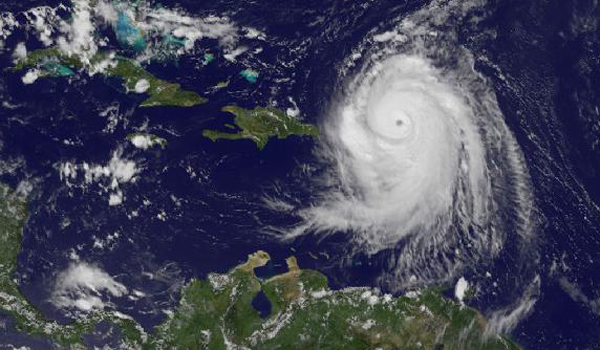
5 Categories
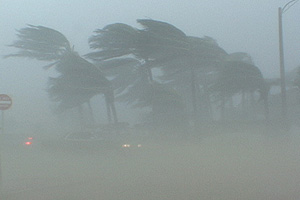
The Saffir-Simpson Hurricane Scale classifies storms into five categories based on their windspeed. The scale doesn't take into account rainfall or location, which means a Category 2 hurricane that hits a major city will probably inflict far more cumulative damage than a Category 4 hurricane that hits a rural area. The windspeed breakdown is as follows: Category 1: 74-95 mph (119-153 km/h) Category 2: 96-110 mph (154-177 km/h) Category 3: 111-130 mph (178-209 km/h) Category 4: 131-155 mph (210-249 km/h) Category 5: ? 156 mph (?250 km/h) Here are famous historical examples from each category.
Category 1: Danny (1985)
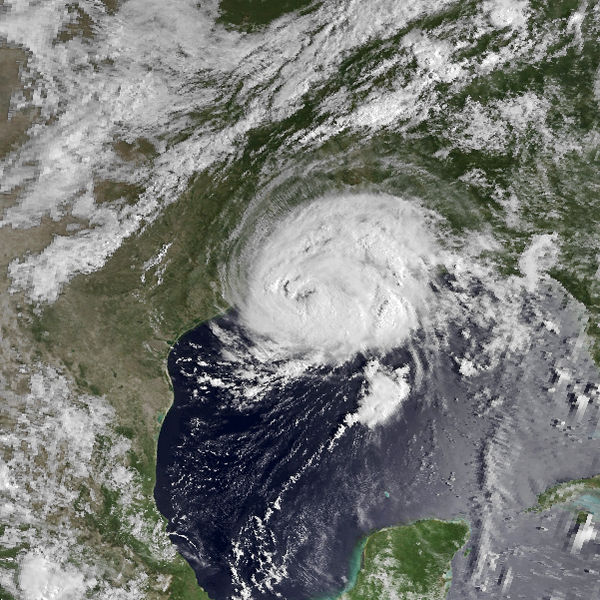
Danny formed when a tropical depression crossed Cuba into the Gulf of Mexico, where it rapidly intensified into a tropical storm and then a hurricane. It fell back to tropical storm status shortly after hitting shore.
Landfall: Lake Charles, Louisiana on August 15, 1985
Max. windspeed at landfall: 80 mph (129 km/h)
Impact: Danny produced an outbreak of 39 tornadoes and flash flooding across the Gulf Coast and Southeastern United States. It caused $100 million (1985 USD) of damage and three fatalities, two of them directly related to the storm. Danny quickly downgraded to a tropical storm as it crossed over onto land. [How Do Hurricanes End?]
Category 2: Erin (1995)

Formed from a tropical wave (a type of low-pressure atmospheric trough that moves east to west) that crossed the Atlantic from Africa, Erin's intensity grew as it passed from Jamaica up to Florida's Atlantic coast. It gained windspeed in the Gulf and struck the Florida panhandle and Georgia as a category 2 hurricane.
Landfall: Atlantic coast of Florida on Aug. 2, 1995 (as a Category 1) and the Florida panhandle on Aug. 3 (as a Category 2)
Get the world’s most fascinating discoveries delivered straight to your inbox.
Max. windspeed at landfall: 100 mph (160 km/h)
Impact: In Jamaica, heavy rains caused a plane crash that killed five people. There were six drowning deaths along Florida shores. The total monetary damage from Erin was $700 million (1995 USD), primarily from downed trees, crop damages and ship damages. Erin caused NASA to halt some activities and preparation of shuttles at Kennedy Space Center. [How Are Hurricanes Named?]
Category 3: Katrina (2005)

Katrina formed over the Southeastern Bahamas and passed over land into the Gulf of Mexico. There it experienced unusually warm waters, and rapidly escalated to a category 5 hurricane before scaling down to a Category 3 upon hitting land.
Landfall: Category 3 hurricane with sustained winds of 125 mph (205 km/h) near Buras-Triumph, Louisiana on Aug. 28, 2005, then the Lousiana/Mississippi border with winds of 120 mph (193 km/h).
Impact: At least 1,836 people died in the actual hurricane and in the subsequent floods caused by the levee system breaking in New Orleans. This made it the deadliest U.S. hurricane since the 1928 Okeechobee hurricane; total property damage was estimated at $81 billion (2005 USD). [What If Hurricane Katrina Hit New Orleans Today?]
Category 4: The Great Galveston Hurricane (1900)
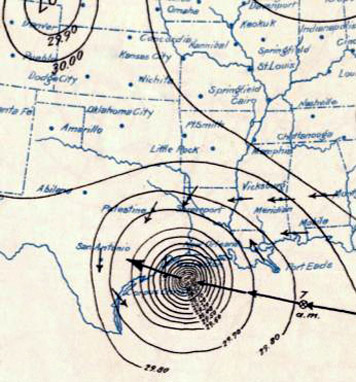
The storm's origins are unclear because of the limited observation ability at the beginning of the 20th century. Ship reports were the only reliable tool for observing hurricanes at sea. Based on those, the 1900 storm, like many powerful Atlantic hurricanes, is believed to have begun as a Cape Verde-type hurricanea tropical wave moving off the western coast of Africa.
Landfall: Galveston, TX, on September 8, 1900
Max. windspeed at landfall: 145 miles per hour (233 km/h)
Impact: The powerful winds and a 15-foot storm surge destroyed at least 3,500 homes and buildings and killed more than 8,000 people, making this hurricane one of the deadliest in history. Galveston residents did receive warnings about the coming storm from the U.S. Weather Bureau, but because satellites didn't exist, there was no way to predict its path ahead of time, and no one was certain it was really coming (and so people did little to prepare). [Why Do Hurricanes Curve Out to Sea?]
Category 5: Andrew (1992)
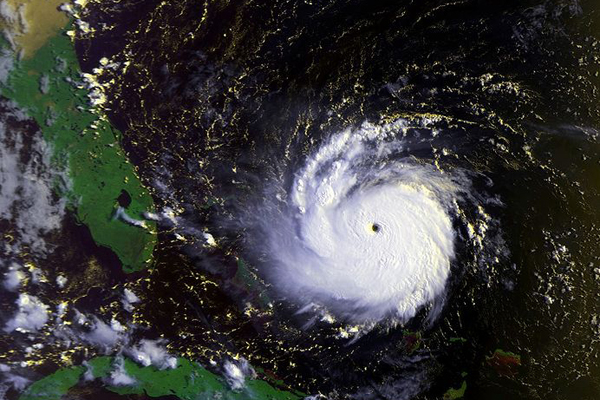
Andrew was the only major hurricane in the otherwise inactive 1992 hurricane season, but it was hugeone of only a handful of Category 5 storms ever to hit land. It formed from a tropical wave that moved off the coast of Africa, and intensified into a hurricane near the Bahamas. It passed over Southern Florida and into the Gulf, hitting landfall again in Lousiana.
Max. windspeed at landfall: 165 miles per hour (266 km/h)
Impact: Andrew caused $26.5 billion in damage (1992 USD, $41.5 billion 2011 USD), with most of that damage cost in south Florida, which it struck at Category 5 strength. Approximately 1 million people were evacuated from the area before the storm, so despite the tremendous destruction of property, only 54 people died. In the Florida Everglades, 70,000 acres of trees were knocked down by the storm. In addition, the storm killed approximately 182 million fish in the basin by increasing the turbidity of the water and lowering its oxygen level. [Why Are Category 5 Hurricanes So Rare?]
Natalie Wolchover was a staff writer for Live Science from 2010 to 2012 and is currently a senior physics writer and editor for Quanta Magazine. She holds a bachelor's degree in physics from Tufts University and has studied physics at the University of California, Berkeley. Along with the staff of Quanta, Wolchover won the 2022 Pulitzer Prize for explanatory writing for her work on the building of the James Webb Space Telescope. Her work has also appeared in the The Best American Science and Nature Writing and The Best Writing on Mathematics, Nature, The New Yorker and Popular Science. She was the 2016 winner of the Evert Clark/Seth Payne Award, an annual prize for young science journalists, as well as the winner of the 2017 Science Communication Award for the American Institute of Physics.



